Try pronouncing the three words and see how similar they sound. How is that possible?
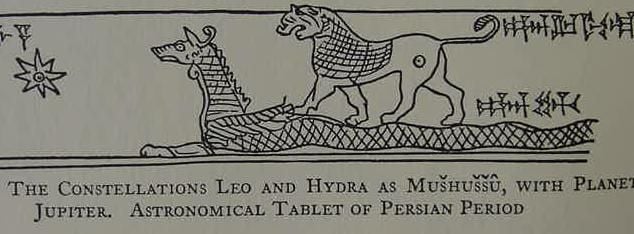
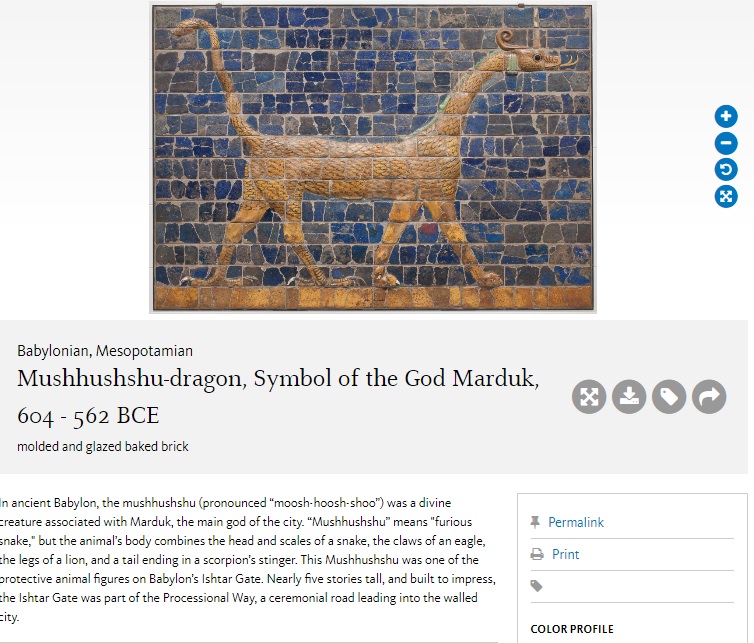
Note on wikipedia: Similar to the Set animal in Egyptian mythology and the Qilin in Chinese mythology.
Possible comparison to similar animal in Chinese "mythology":

Pg 6. Shanhaijing


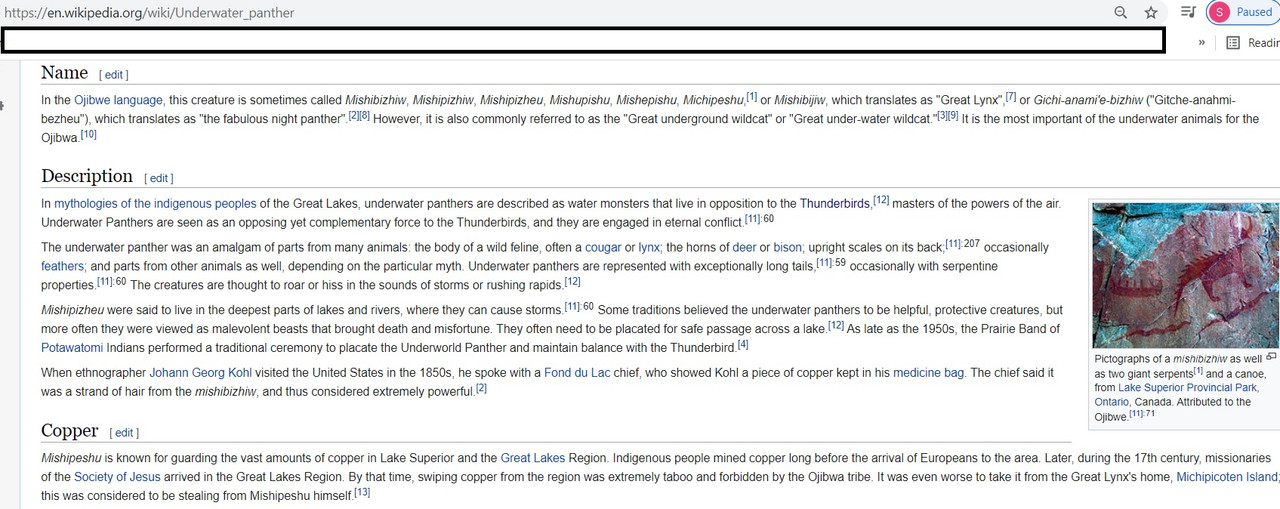
Name
In the Ojibwe language, this creature is sometimes called Mishibizhiw, Mishipizhiw, Mishipizheu, Mishupishu, Mishepishu, Michipeshu, or Mishibijiw, which translates as "Great Lynx", or Gichi-anami'e-bizhiw ("Gitche-anahmi-bezheu"), which translates as "the fabulous night panther". However, it is also commonly referred to as the "Great underground wildcat" or "Great under-water wildcat." It is the most important of the underwater animals for the Ojibwa.
Description Pictographs of a mishibizhiw as well as two giant serpents and a canoe, from Lake Superior Provincial Park, Ontario, Canada. Attributed to the Ojibwe. In mythologies of the indigenous peoples of the Great Lakes, underwater panthers are described as water monsters that live in opposition to the Thunderbirds, masters of the powers of the air. Underwater Panthers are seen as an opposing yet complementary force to the Thunderbirds, and they are engaged in eternal conflict.
The underwater panther was an amalgam of parts from many animals: the body of a wild feline, often a cougar or lynx; the horns of deer or bison; upright scales on its back; occasionally feathers; and parts from other animals as well, depending on the particular myth. Underwater panthers are represented with exceptionally long tails,: occasionally with serpentine properties. The creatures are thought to roar or hiss in the sounds of storms or rushing rapids.
Mishipizheu were said to live in the deepest parts of lakes and rivers, where they can cause storms. Some traditions believed the underwater panthers to be helpful, protective creatures, but more often they were viewed as malevolent beasts that brought death and misfortune. They often need to be placated for safe passage across a lake. As late as the 1950s, the Prairie Band of Potawatomi Indians performed a traditional ceremony to placate the Underworld Panther and maintain balance with the Thunderbird.
When ethnographer Johann Georg Kohl visited the United States in the 1850s, he spoke with a Fond du Lac chief, who showed Kohl a piece of copper kept in his medicine bag. The chief said it was a strand of hair from the mishibizhiw, and thus considered extremely powerful.

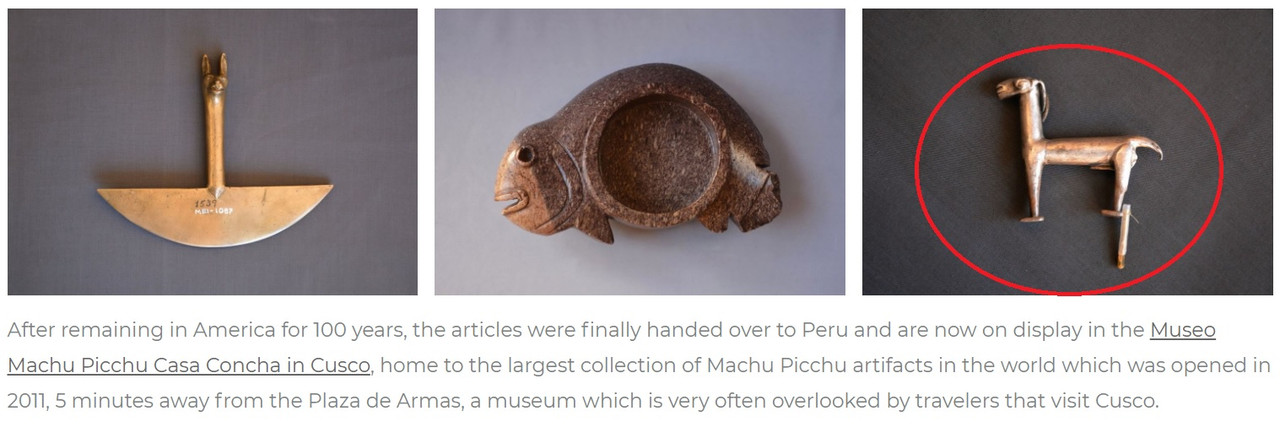
This is symbolic of a llama, but notice the similarity in artwork. For comparison, some mongolian dragons representative of the two dragons battling in the Chinese constellations.

Machu Picchu Etymology
In the Quechua language, machu means "old" or "old person", while pikchu means either "portion of coca being crunched" or "pyramid, pointed multi-sided solid; cone".[15] Thus the name of the site is sometimes interpreted as "old mountain".
Used to be called Patallacta (Quechua expression that expresses 'city on high'), also known as Q'entimarka (city of hummingbirds) is an archaeological site located in Cusco, in the Inca Trail route. The complex is located in the Cusco region, Urubamba province, Machu Picchu district.
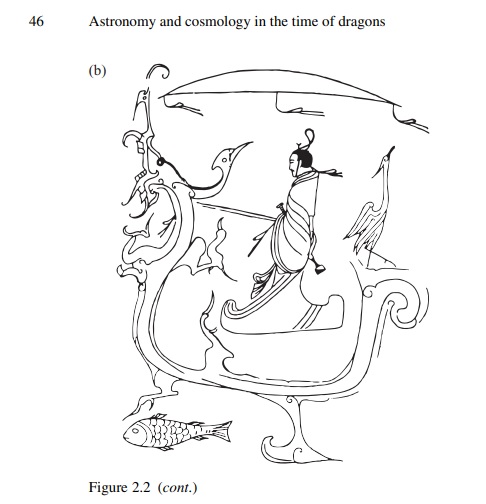
The story of Jonah - what is the relationship between a dragon and a whale?

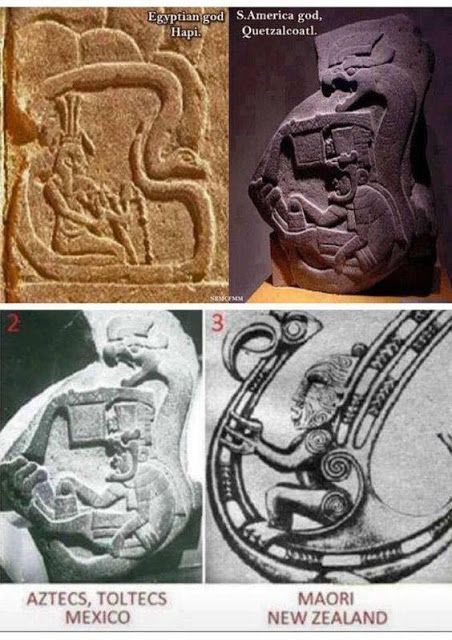




What is the signficance of a whale and a dragon? Were whales and sea monsters part of ancient myths? What about fire and air and it's apparent connection to the breath of life? Could ancient people have building hot air balloons? Is this art depicting Chinese systems of belief? How do you explain the Nazca lines? Is it all documented in artifacts and ignored and suppressed? Is it just that some people remain ignorant of different cultures? So many more questions.

No comments:
Post a Comment
Note: Only a member of this blog may post a comment.